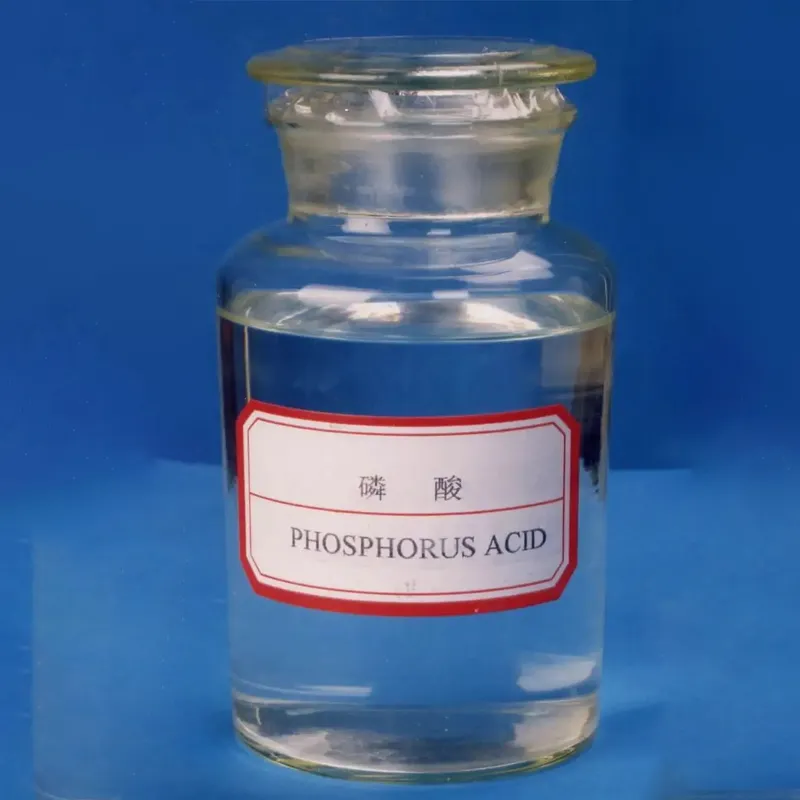
thickener 415
An In-Depth Look at Thickener E415 Composition, Uses, and Safety
Thickening agents play a crucial role in various industries, particularly in food production and culinary applications. One such thickener is E415, also known as Xanthan Gum. This polysaccharide has garnered widespread attention for its unique properties and versatile applications. In this article, we will explore the composition, uses, and safety aspects of Xanthan Gum.
Composition and Production
E415 is produced through the fermentation of sugars by the bacterium Xanthomonas campestris. This process involves culturing the bacteria in a controlled environment where it metabolizes sugars to produce a thick, gel-like substance. Once the fermentation process is complete, the Xanthan product is harvested, purified, and dried into a powdered form. This white or off-white powder is soluble in water and forms a viscous solution upon mixing.
The structural characteristics of Xanthan Gum contribute to its thickening properties. The polymer chains of Xanthan Gum are relatively long and consist of repeating units of glucose and mannose, which provides both stability and viscosity when hydrated. This unique structure allows Xanthan Gum to maintain its thickening properties over a wide range of temperatures and pH levels, making it an ideal choice for various formulations.
Culinary Applications
In the food industry, E415 is primarily used as a thickener and stabilizer. It is commonly found in salad dressings, sauces, soups, and ice creams, where it helps achieve the desired texture and consistency. Additionally, Xanthan Gum serves as an emulsifier, preventing the separation of oil and water phases in dressings and sauces. This characteristic not only enhances the visual appeal of the product but also improves mouthfeel.
One of the notable attributes of Xanthan Gum is its effectiveness even in small quantities. Typically, only 0.1% to 2% of Xanthan Gum is needed to achieve significant thickening. This efficiency is particularly beneficial for manufacturers looking to create low-calorie or low-fat products without compromising on texture.
Moreover, E415 is gluten-free, making it an excellent alternative for gluten-sensitive individuals. Its thickening properties allow for the production of gluten-free baked goods, sauces, and other products that require a certain firmness or stability.
thickener 415

Industrial Uses
Beyond culinary applications, E415 is also utilized in various industrial sectors. In the cosmetic industry, Xanthan Gum is a popular ingredient in lotions, creams, and gels due to its ability to improve texture and stability. It helps suspend solid particles, ensuring a smooth and uniform application on the skin.
In the pharmaceutical sector, E415 is employed as a suspending agent in liquid medications and as a binder in tablet formulations. Its thickening properties ensure that active ingredients remain evenly distributed, enhancing the overall efficacy of the medication.
Safety and Regulatory Status
Xanthan Gum is generally recognized as safe (GRAS) by the U.S. Food and Drug Administration (FDA) and is approved for use in food products across many countries. Extensive research has been conducted on its safety, with studies indicating that Xanthan Gum poses minimal health risks when consumed in moderation.
However, some individuals may experience gastrointestinal discomfort, particularly in large amounts. It is always advisable for consumers to monitor their tolerance to new ingredients, especially those with sensitivities to dietary fibers.
Conclusion
E415, or Xanthan Gum, is a multifunctional thickening agent that has become a staple in the food industry as well as in cosmetics and pharmaceuticals. Its unique composition and versatility make it an invaluable ingredient for achieving desired textures and stability in various applications. With safety ratings affirming its use, Xanthan Gum continues to gain popularity among manufacturers and consumers alike, particularly in the quest for healthier and gluten-free options.
-
Understanding Synthetic Rubber OptionsNewsApr.27,2025
-
Trichloroisocyanuric Acid: Essential for Clean and Safe WaterNewsApr.27,2025
-
Sodium Dichloroisocyanurate: Key to Safe Water TreatmentNewsApr.27,2025
-
Sodium Acid Pyrophosphate: Essential in Modern Food ProcessingNewsApr.27,2025
-
Essential Water Treatment ChemicalsNewsApr.27,2025
-
Denatured Alcohol and Its Industrial UsesNewsApr.27,2025
-
The Versatile Uses of Sodium BicarbonateNewsApr.24,2025
Hebei Tenger Chemical Technology Co., Ltd. focuses on the chemical industry and is committed to the export service of chemical raw materials.
-

view more DiethanolisopropanolamineIn the ever-growing field of chemical solutions, diethanolisopropanolamine (DEIPA) stands out as a versatile and important compound. Due to its unique chemical structure and properties, DEIPA is of interest to various industries including construction, personal care, and agriculture. -

view more TriisopropanolamineTriisopropanolamine (TIPA) alkanol amine substance, is a kind of alcohol amine compound with amino and alcohol hydroxyl, and because of its molecules contains both amino and hydroxyl. -

view more Tetramethyl Thiuram DisulfideTetramethyl thiuram disulfide, also known as TMTD, is a white to light-yellow powder with a distinct sulfur-like odor. It is soluble in organic solvents such as benzene, acetone, and ethyl acetate, making it highly versatile for use in different formulations. TMTD is known for its excellent vulcanization acceleration properties, which makes it a key ingredient in the production of rubber products. Additionally, it acts as an effective fungicide and bactericide, making it valuable in agricultural applications. Its high purity and stability ensure consistent performance, making it a preferred choice for manufacturers across various industries.











